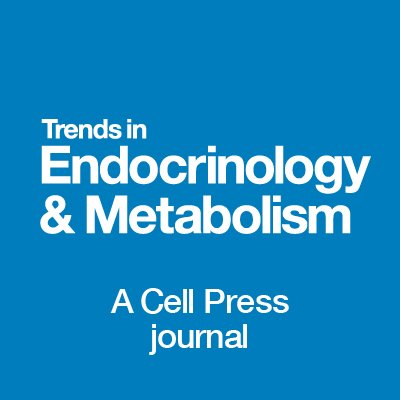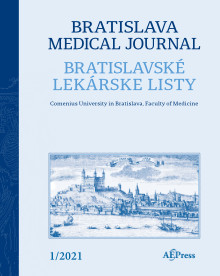
“Growing evidence suggests that stress may contribute to the pathophysiology of depression. The alleviation of depressive symptoms is one of the most attractive medical applications of cannabis. Here, we investigated the antidepressant-like actions of synthetic cannabinoid-HU210 in acute despair response and explored the possible underlying mechanisms. Acute stress, induced by forced-swimming, induced depression-like behavior in the sucrose preference test (SPT). HU-210 (50 μg/kg) displayed anti-depressant like effect in the forced swim test in naïve mice and decreased depression-like behavior in the SPT, induced by forced swim stress. Pretreatment with AM251, an inhibitor of CB1R or inhibition of long-term depression (LTD) at hippocampal CA3-CA1 synapses by Tat-GluR2 attenuated the antidepressant like action of HU-210. These results indicate that HU210 produces antidepressant-like effects in acute stress and its underlying mechanism may be related to CB1R activation and hence hippocampal LTD production invivo. Synthetic cannabis or cannabis-related drugs may be used as an early intervention after acute stress exposure to prevent or at least reduce depression-like behaviors.”
https://pubmed.ncbi.nlm.nih.gov/36372093/
https://www.sciencedirect.com/science/article/abs/pii/S0304394022005146?via%3Dihub









